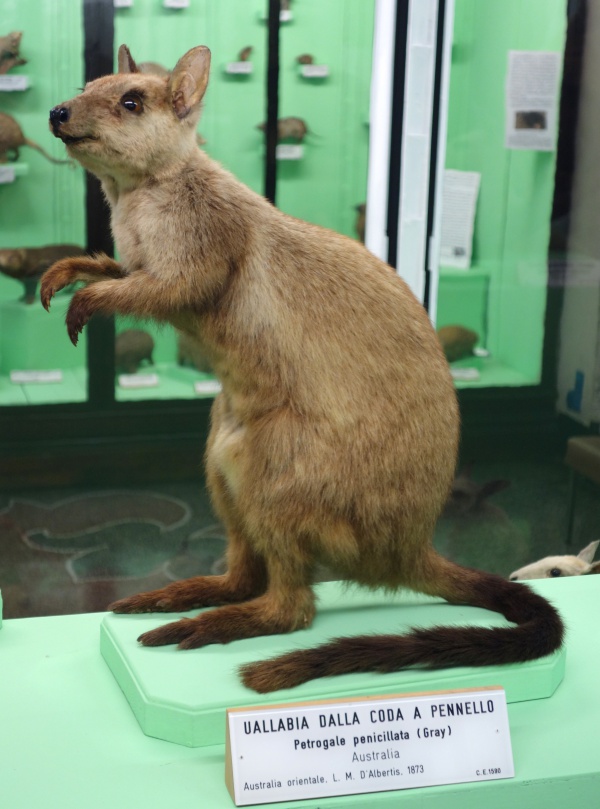Facts About Brush-tailed Rock Wallaby
The brush-tailed rock-wallaby, also known as the small-eared rock-wallaby, is a captivating species native to Australia. Belonging to the genus *Petrogale*, these wallabies typically inhabit rocky terrains along the Great Dividing Range, extending from northern Victoria to areas northwest of Brisbane. While their numbers have dwindled in the southern and western regions, they remain relatively common in northern New South Wales and southern Queensland. Unfortunately, as of January 2020, bushfires have devastated approximately 70% of their habitat.
First described by John Edward Gray in 1827, the brush-tailed rock-wallaby, scientifically named *Petrogale penicillata*, is distinguished by its dense rufous or grey-brown fur, long tail, and remarkable climbing abilities. These wallabies, weighing between 5 and 8 kilograms, have specially adapted feet that provide excellent traction on rocky surfaces. They are primarily nocturnal creatures, with breeding females usually relying on a single male for insemination.
The species inhabits fragmented populations along the Great Dividing Range, seeking refuge in rocky areas during the day. Curiously, introduced populations in New Zealand have become problematic pests, leading to eradication efforts. There are also small breeding populations in Hawaii.
Conservation is critical for the brush-tailed rock-wallaby due to several threats, including habitat loss, the introduction of exotic plants, predation by non-native species, and changing fire patterns. The recent bushfires have exacerbated these challenges, with a substantial portion of their habitat destroyed.
Despite these hurdles, there have been successful reintroduction efforts, such as those in the Grampians National Park. These initiatives underscore the importance of ongoing conservation actions to prevent further decline and potential extinction of this unique species.
